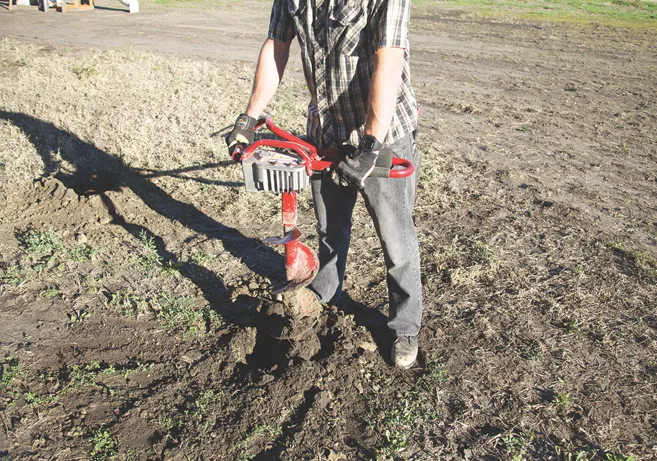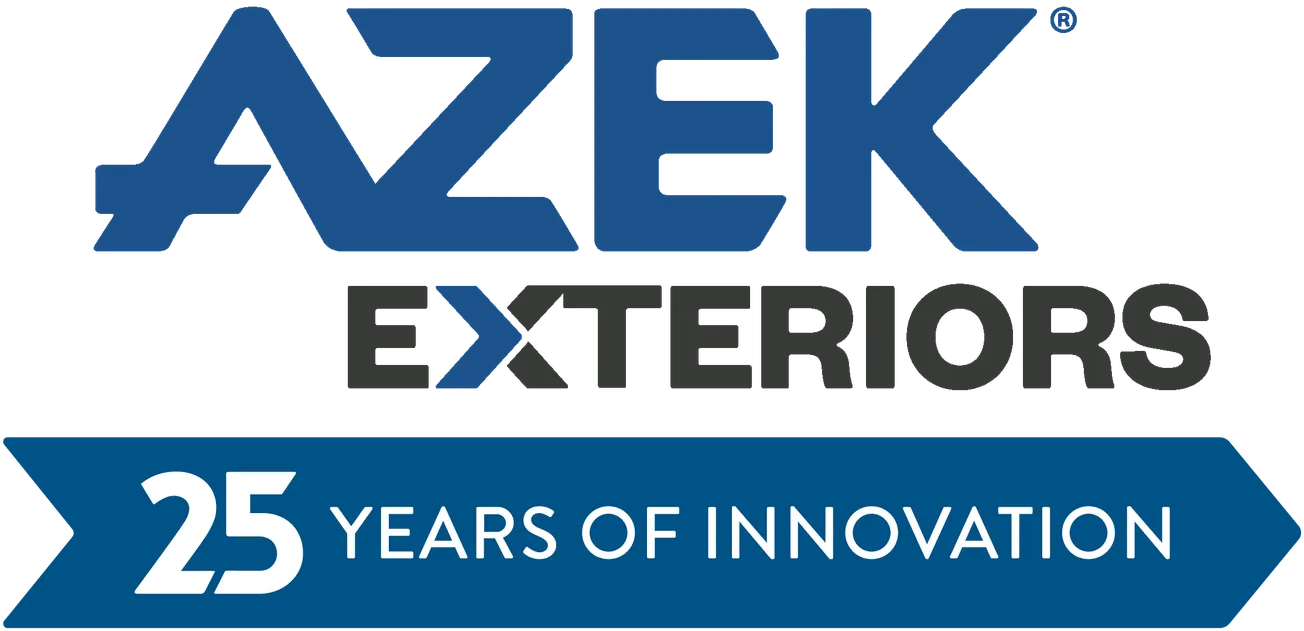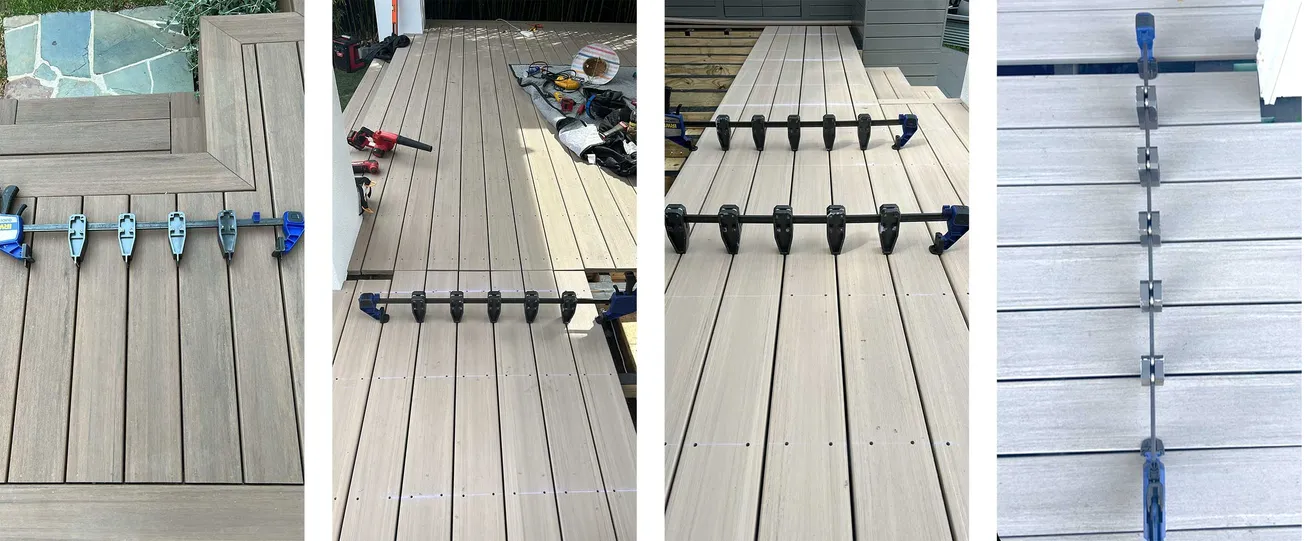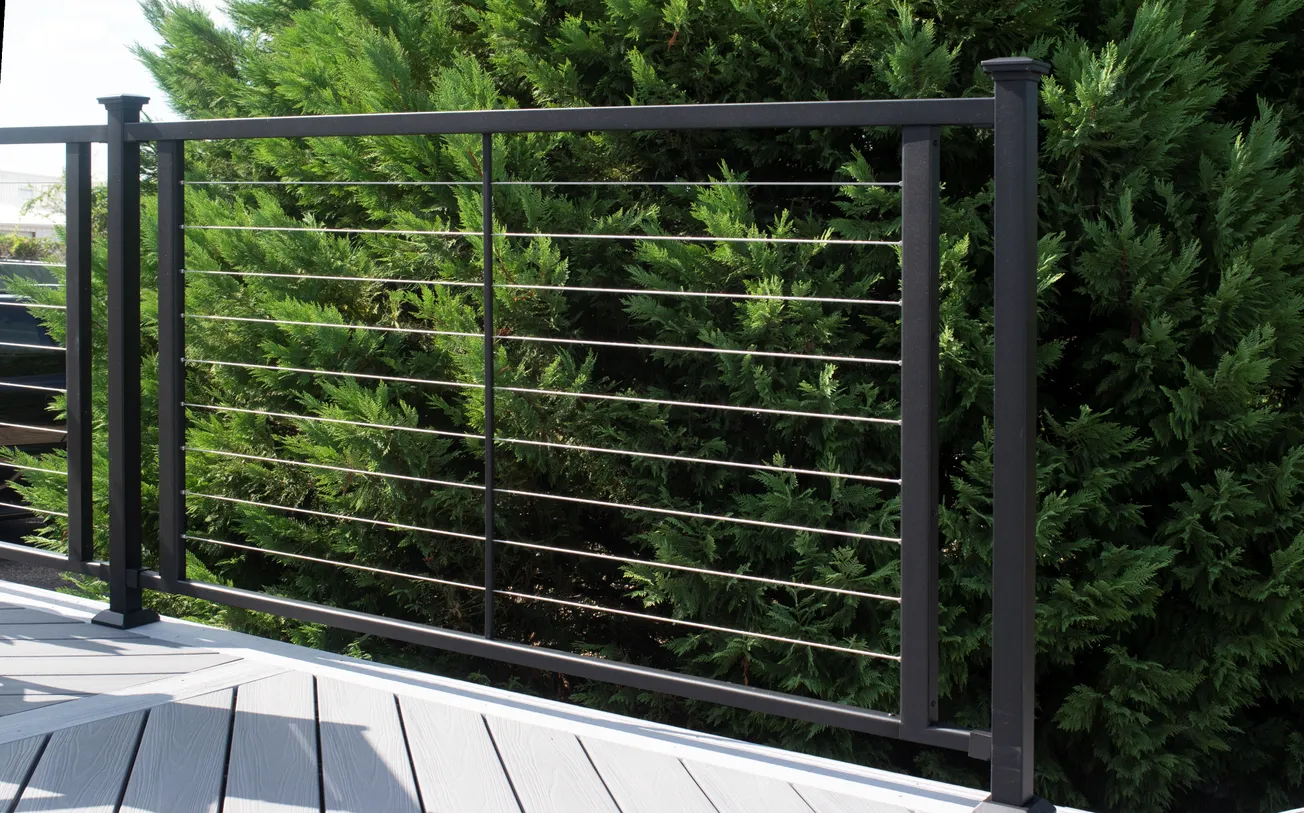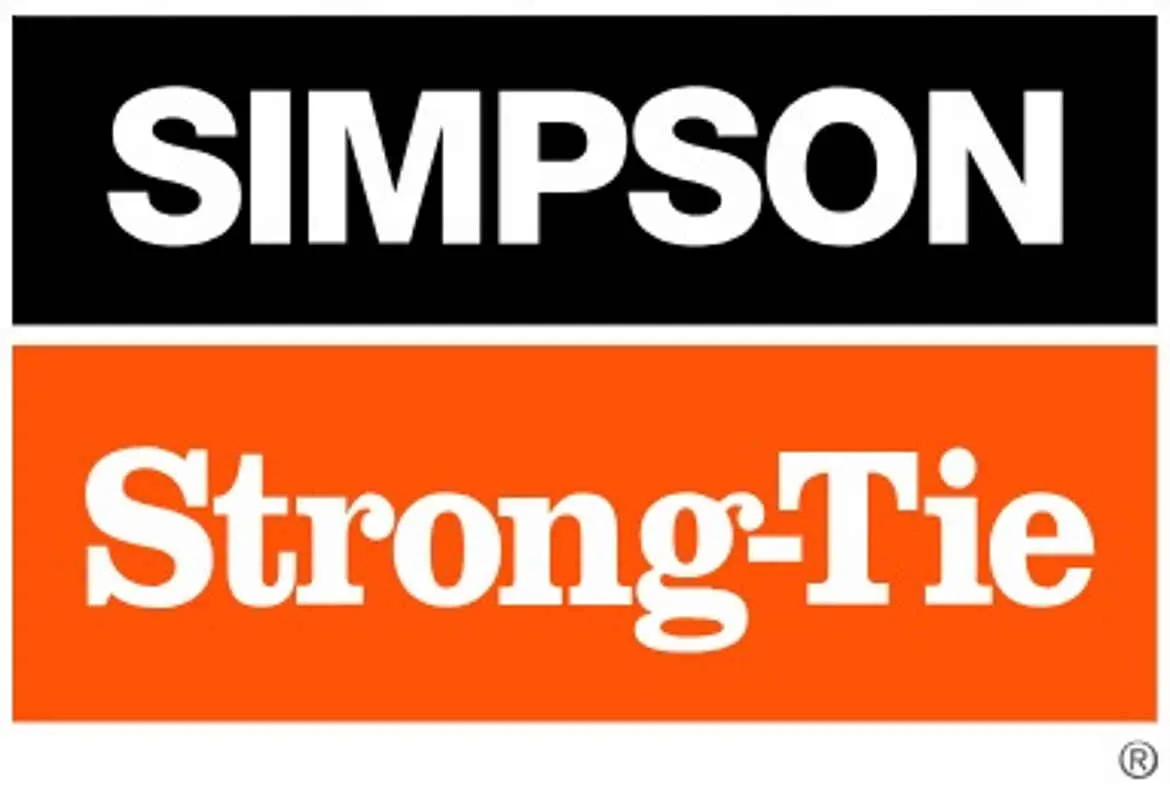Table of Contents
To ensure a satisfactory deck for your customers, it is important to take design, materials and equipment into consideration before digging. To save time and increase ROI on the job, consider the following tips to increase efficiency when digging postholes.
Learn Before You Dig
Start each project by asking the customer questions, such as the preferred size, location and floorboard type, as well as how they plan to use the deck. This will help provide an estimate of the load the footings will support.
For instance, a deck used for neighborhood block parties and large family functions has different footing requirements than a deck built for a couple and their patio furniture.
As with any construction project, become familiar with local building codes related to deck footing requirements and construction guidelines, such as setbacks and requirements for ledger board and handrails. Understanding and adhering to these rules—which will vary by location—reduces the risk of going back to correct errors after inspection or, worse yet, the deck collapsing and potential injuries or litigation.
Footing depths, for example, vary by region. In the upper Midwest, codes typically require digging holes as deep as 54 inches to protect footings from shifting that can occur due to soil freezing and thawing.
But, don’t dig the footings just yet. In addition to calling 811, ask the property owner if there are any underground sprinkler systems or septic tanks to avoid while digging footings because sometimes a customer might not take that into account when selecting a site for their new deck.
Get the Tools
Efficient, maneuverable digging equipment helps to quickly achieve the right footing depth. Landscape contractors have three main options for drilling footings: manual posthole diggers, skid steers with attachments and earth drills.
Manual posthole diggers provide a lightweight, inexpensive option that easily fits in the back of a pickup truck; however, they’re impractical for digging several holes more than a foot deep. This limits the number of footings a contractor can dig in a day and, in turn, the number of decks a landscaping company can profitably bid.
Skidsteers featuring a hydraulic auger attachment provide a quick and easy method to drill holes, but the heavy weight risks damaging the grass. And, depending on the skid steer, it might be too wide for an operator to drive through gates to access backyards.
Earth drills split the difference, with the portability of a manual posthole digger and the power of a hydraulic drill attachment. Earth drills are generally compact and lightweight—fitting easily in a pickup—and won’t damage grass while moving through the backyard. The units’ high torque easily drills through sand and clay in minutes. The faster contractors drill, the faster they complete one project and move on to the next.
Some manufacturers build earth drills with a torque tube that prevents operator kickback, allowing one worker to safely and easily complete hours of work with less strain and effort while reducing the amount of labor needed over two-person earth drills.
Work Faster with the Right Blades
When choosing an earth drill, check the auger’s points and blades to see if an operator can customize them for drilling through multiple soil conditions. Trying to power through soil with the wrong blade can prematurely wear the blade and the drill, causing downtime. Using the right blades means powering through soil faster and wearing blades less quickly, meaning fewer replacements.
The material used for the points and blades also affects its lifecycle. Blades and points made of cold-rolled steel quickly power through loamy soils or areas with few rocks, but may struggle in rocky areas. That’s where carbide blades work well. Carbide blades easily drill through hard clay and break frozen ground into pieces. Some manufacturers offer several blades that allow contractors to source all of the needed equipment from one company.
Consider the process of changing the points and blades, too. For some drills, operators simply need an adjustable wrench to change the point or blade. This saves valuable time and also reduces equipment costs since the entire auger won’t need to be replaced to handle different soil types.
Opportunities abound in deck installation and some basic rules to follow and the right equipment in your fleet make building a deck easy and profitable.


